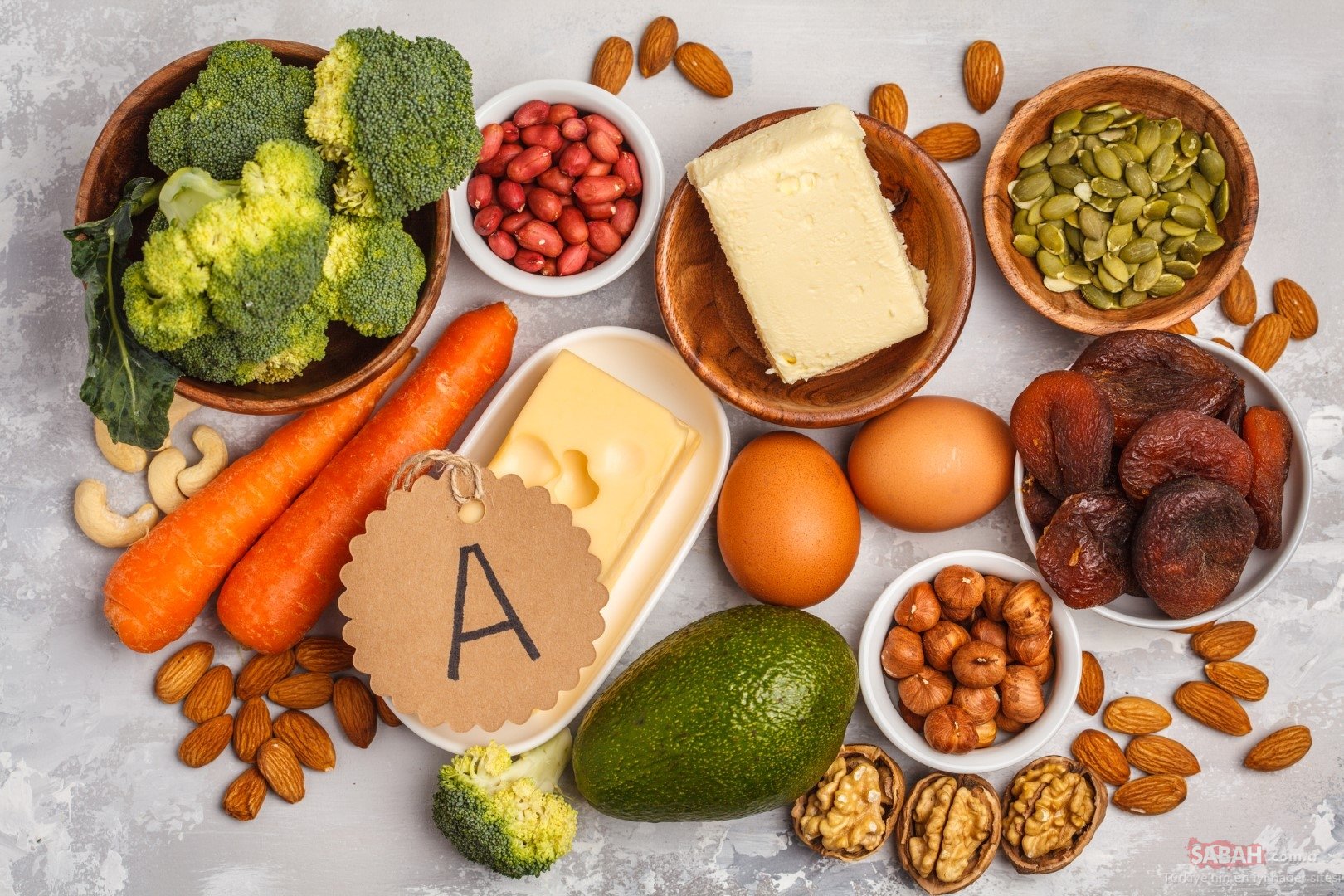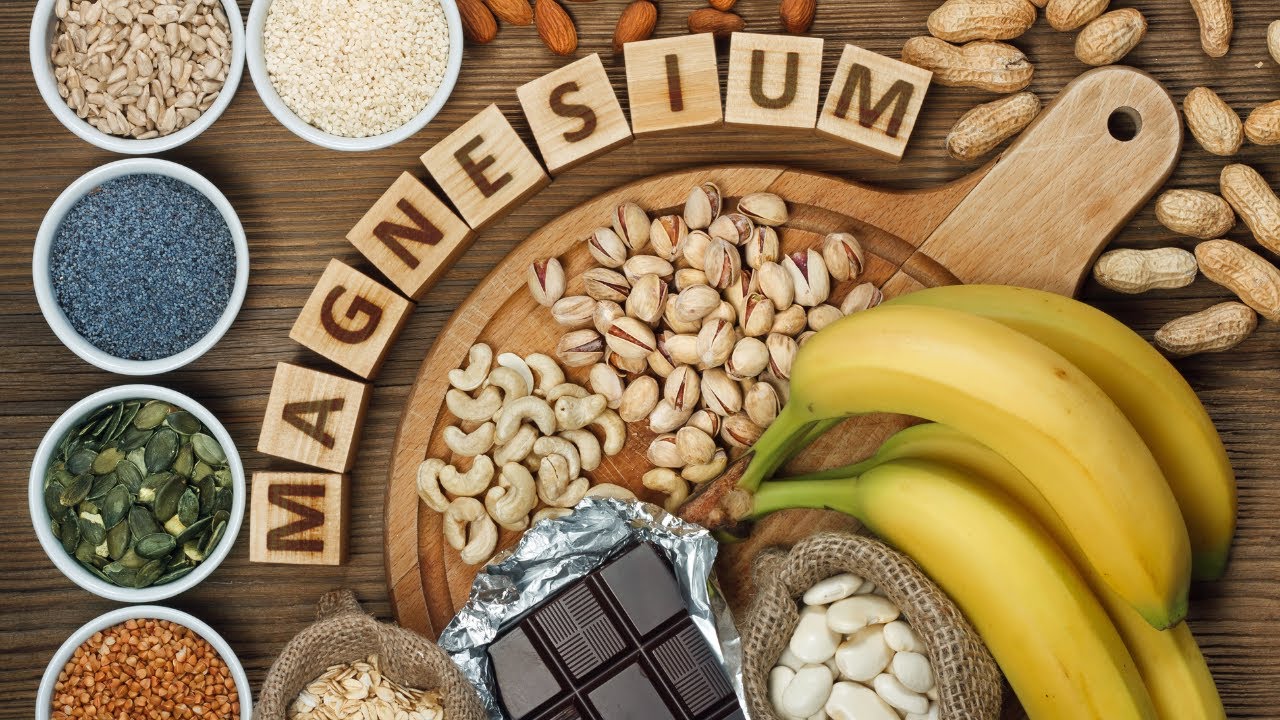A Comprehensive Guide to the Benefits of Iron

Introduction
Iron is an essential mineral that plays a fundamental role in maintaining the overall health and well-being of the human body. It is integral for various physiological processes, including oxygen transport, energy production, and the development of healthy red blood cells. In this comprehensive guide, we will explore the multifaceted world of iron, its functions, dietary sources, recommended daily intake, and the numerous ways it contributes to our vitality and quality of life.
Introduction to Iron
Iron is a crucial mineral that the body requires for a wide array of functions. It is found in abundance in the Earth’s crust, and our bodies have evolved to efficiently absorb and utilize it. There are two primary forms of dietary iron: heme iron, which is found in animal-based foods, and non-heme iron, which is present in plant-based sources. Iron plays a central role in the formation of red blood cells, oxygen transport, and various enzymatic reactions.
Functions of Iron
- Oxygen Transport: Perhaps the most well-known function of iron is its role in transporting oxygen throughout the body. Iron is a core component of hemoglobin, the protein in red blood cells responsible for binding to oxygen and carrying it from the lungs to tissues and organs.
- Energy Production: Iron is also essential for the production of adenosine triphosphate (ATP), which is the primary source of energy in the body. It is a crucial component of the electron transport chain, a series of reactions that occur within the mitochondria, where ATP is generated.
- Brain Function: Iron is necessary for optimal brain function. It supports cognitive development and neurotransmitter synthesis, helping to maintain healthy mental faculties and cognitive performance.
- Immune System Support: Iron plays a role in the functioning of the immune system. It is required for the proper maturation and functioning of immune cells, helping the body defend against infections.
- Enzyme Activity: Iron is a cofactor for a range of enzymes involved in various metabolic processes, including DNA synthesis and repair, collagen formation, and detoxification of harmful substances.
Sources of Iron
Dietary sources of iron can be categorized into heme and non-heme iron, with heme iron predominantly found in animal-based foods and non-heme iron prevalent in plant-based sources. Here are some common sources of dietary iron:
Heme Iron Sources
- Red Meat: Beef, lamb, and pork are rich sources of heme iron.
- Poultry: Chicken and turkey provide heme iron.
- Seafood: Fish such as salmon, tuna, and shellfish contain heme iron.
- Organ Meats: Liver and kidney are exceptionally high in heme iron.
Non-Heme Iron Sources
- Legumes: Beans, lentils, and chickpeas are good sources of non-heme iron.
- Whole Grains: Fortified cereals and whole grains like oats and quinoa contain non-heme iron.
- Nuts and Seeds: Almonds, pumpkin seeds, and sunflower seeds provide non-heme iron.
- Vegetables: Dark leafy greens such as spinach, kale, and broccoli contain non-heme iron.
- Dried Fruits: Raisins and apricots are good sources of non-heme iron.
- Supplements: Iron supplements are available for individuals who have difficulty obtaining sufficient iron from their diet, such as those with iron-deficiency anemia. These supplements should be taken under the guidance of a healthcare professional.
Recommended Daily Intake
The recommended daily intake of iron varies depending on age, gender, life stage, and specific health requirements. The measurements are typically expressed in milligrams (mg) of iron. Here are the recommended dietary allowances (RDAs) and tolerable upper intake levels (ULs) for iron:
- Infants (0-6 months): RDA – 0.27 mg, UL – Not established
- Infants (7-12 months): RDA – 11 mg, UL – Not established
- Children (1-3 years): RDA – 7 mg, UL – 40 mg
- Children (4-8 years): RDA – 10 mg, UL – 40 mg
- Children (9-13 years): RDA – 8 mg, UL – 40 mg
- Adolescents (14-18 years): RDA – 11 mg (boys) and 15 mg (girls), UL – 45 mg
- Adults (19 years and older): RDA – 8 mg (men) and 18 mg (women), UL – 45 mg
Health Benefits of Iron
- Prevention of Anemia: Iron is integral in the production of hemoglobin, and an adequate iron intake helps prevent iron-deficiency anemia, a condition characterized by fatigue, weakness, and paleness. Iron supplementation is often prescribed for individuals with diagnosed anemia.
- Optimal Oxygen Transport: Hemoglobin, which relies on iron, binds to oxygen in the lungs and transports it to various body tissues, ensuring that cells receive the oxygen necessary for energy production and overall vitality.
- Enhanced Cognitive Function: Iron supports cognitive development and maintains mental alertness and focus. A deficiency in iron can lead to cognitive impairment, especially in children.
- Immune System Support: Iron is essential for the proper functioning of the immune system. It supports the maturation and activity of immune cells, enhancing the body’s ability to combat infections and illnesses.
- Healthy Pregnancy: During pregnancy, iron requirements increase to support the growing fetus and maternal blood volume expansion. Adequate iron intake is crucial to prevent iron-deficiency anemia in expectant mothers and ensure optimal fetal development.
- Improved Exercise Performance: Iron is essential for oxygen delivery to muscles during physical activity. Athletes and individuals engaged in regular exercise benefit from adequate iron levels, as it can enhance endurance and overall performance.
- Treatment of Restless Leg Syndrome (RLS): In some cases, low iron levels are associated with RLS, a condition characterized by an uncontrollable urge to move the legs. Iron supplementation can alleviate symptoms in individuals with RLS and iron deficiency.
- Maintenance of Healthy Skin: Iron is involved in the formation of collagen, a protein that plays a vital role in skin health. Adequate iron levels contribute to healthy, radiant skin.
Potential Risks and Side Effects
While iron is essential for health, excessive intake can lead to adverse effects. Here are some potential risks and side effects associated with high doses of iron:
- Iron Overload: Excessive iron intake can lead to iron overload, a condition called hemochromatosis. Symptoms may include joint pain, fatigue, and organ damage, particularly in the liver and heart.
- Gastrointestinal Distress: Iron supplements, especially those containing high doses, can cause gastrointestinal discomfort, including constipation, diarrhea, nausea, and stomach cramps.
- Interactions with Medications: Iron supplements can interact with certain medications and reduce their effectiveness or cause adverse effects. It’s essential to consult with a healthcare professional before taking iron supplements, especially if you are on other medications.
- Risk for Children: Iron supplements should be kept out of reach of children, as an accidental overdose can be life-threatening. Symptoms of iron toxicity in children can include vomiting, diarrhea, and lethargy.
Conclusion
Iron is an indispensable mineral with a multitude of benefits for our health, encompassing oxygen transport, energy production, immune system support, and cognitive function. It is a crucial component of hemoglobin, and its role in preventing anemia and supporting overall well-being cannot be overstated. Achieving the right balance of iron is essential for good health, and for most individuals, this can be accomplished through a balanced diet. However, in cases of diagnosed deficiency or specific health needs, iron supplements may be recommended by a healthcare professional. Incorporating iron-rich foods into your diet and paying attention to potential risks and side effects will help you harness the full range of benefits that this essential mineral has to offer.
- Kratom Capsules By Just Kratom-Capsule Chronicles: Navigating Just Kratom’s Kratom Capsules for a Personalized Experience! - March 12, 2024
- A Comprehensive Guide to CBD Healthy Apple Pie Oatmeal Cookies - November 2, 2023
- Comprehensive Guide to Cannabigerol (CBG) - November 2, 2023



